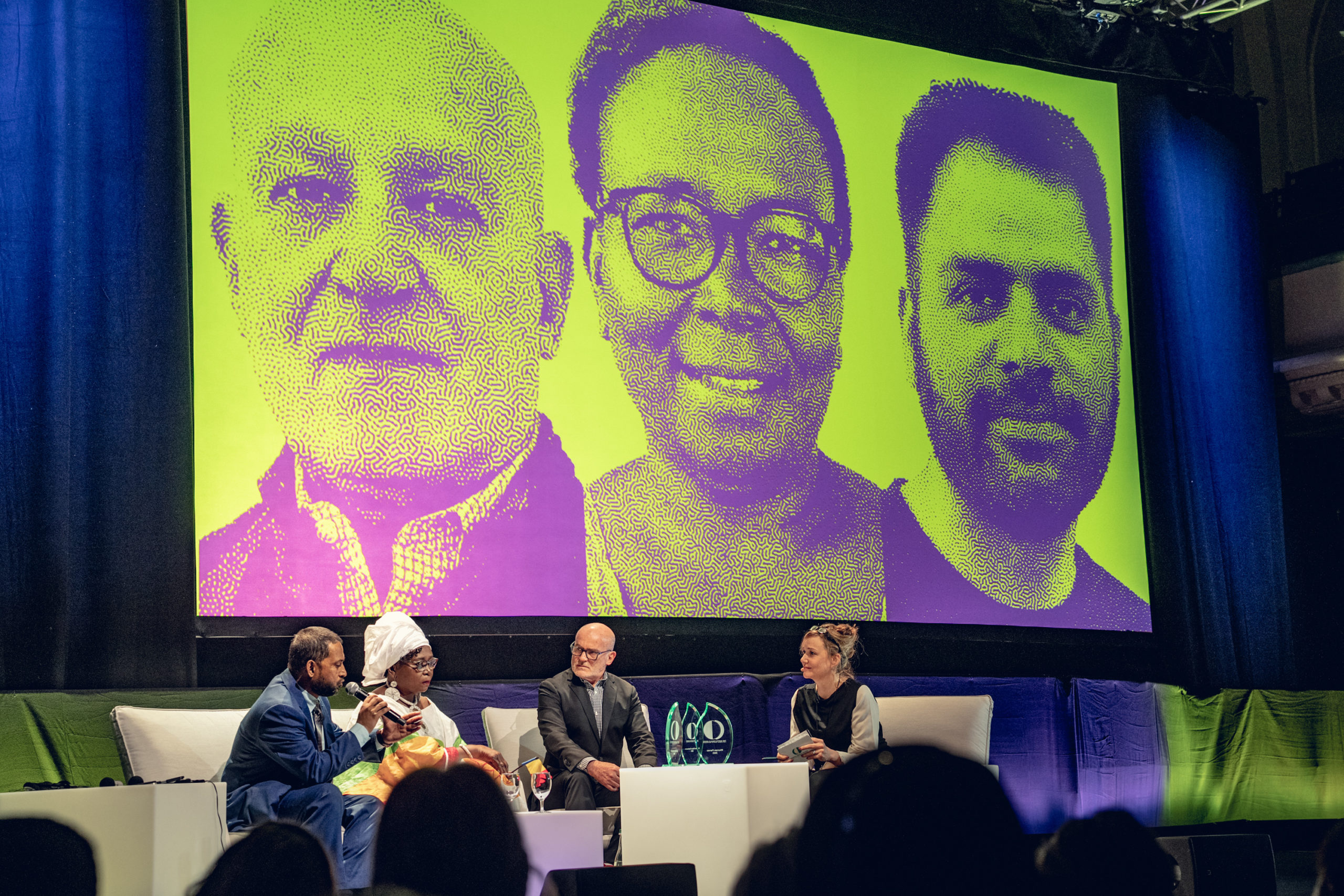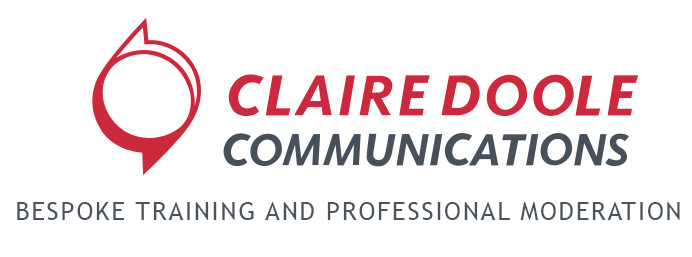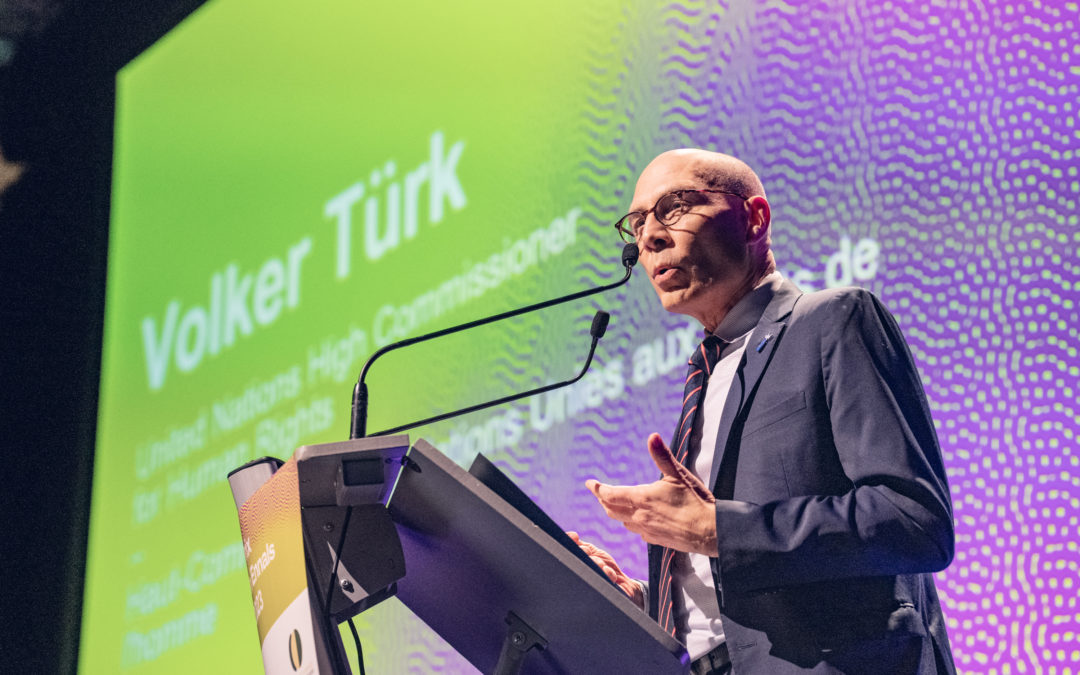Most of the people I coach do not write their speeches. They rely on a speechwriter who either fails to capture their voice or delivers a text that has been written to be read, not spoken.
This makes it incredibly difficult to deliver in a natural and convincing way.
Most senior professionals (or leaders) prefer to speak from briefing notes with key points, as this allows them to convey these ideas in their own words.
But sometimes, they have to deliver a keynote speech in a formal setting and cannot go off script.
So how to do you get your points across but not sound scripted?
Speak to the audience, not read to them
Have a look at this extract of a speech that the UN High Commissioner for Human Rights, Volker Turk, recently gave at the Martin Ennals Award Ceremony in Geneva.
I was in the audience as I coached the three awarded human rights defenders for their remarks to the media and at the ceremony.

Cérémonie de remise du Prix Martin Ennals 2023, 16 février 2023, salle communale de Plainpalais. Photo David Wagnières
I was really struck by how naturally the High Commissioner delivered his remarks and felt he was speaking to me and not at me. What was he doing to captivate the audience?
• Firstly, he had a conversational tone as if he was speaking to someone he knew.
• Secondly, he built a connection with his words to the people in the room, praising their tireless efforts to give a voice to the voiceless.
• Thirdly, he matched his tone and words with his body language, making eye contact with the audience.
How often do you see this? I observe a lot of speakers, and believe me, it is very rare. Most of them fail to align their voice, body language and words – and many of them rarely look up when speaking.
If you watch the whole speech of the High Commissioner
you will see that he is looking at the audience as he makes and expands on the same point. He looks down only to remind himself of the next point and then looks up again to deliver it.
It is a technique known as SEE-STOP-SAY and was used by Ronald Reagan, an actor who became a US President. I go into more detail in this blog.
It takes some practice, and the High Commissioner doesn’t always do it. However, he is so much better than the speakers who look up at the audience mid-sentence or at a random moment which has no connection with the thought they want to convey.
I have trained diplomats making speeches in very formal settings, such as the UN Human Rights Council, in this technique, and it really makes the audience sit up and listen. And as for the speaker, it helps them come across as approachable, accessible and authentic – qualities that are key if you want to be a great public speaker.

